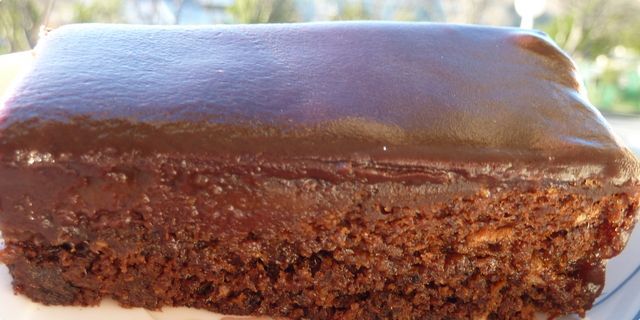Carob is native to the eastern Mediterranean, probably the Middle East, where it has been cultivated for at least 4000 years. The plant was well-known to ancient Egyptians and Greeks, who planted its seeds in Greece and Italy. This plant is also called St. John's bread or locust bean because the pods were once thought to have been the "locusts" that were eaten by John the Baptist in the Wilderness.
The seeds from carob trees are extremely consistent in size and weight. The unit "carat", used for weighing precious metal and stones, comes from an ancient practice of weighing gold and gemstones against the seeds of the carob tree by people in the Middle East. The system was eventually standardized, and one carat was fixed at 0.2 grams, which is the weight of one carob seed.
In late Roman times, the pure gold coin known as the solidus weighed 24 carat seeds, which is about 4.5 grams. As a result, carat also became a measure of purity for gold. Thus, 24-carat gold means 100% pure, 12-carat gold means the alloy contains 50% gold.
Carob trees could be found today from the Mediterranean and Middle East to Mexico and South America, where Spaniards brought this species. The British took the carob to South Africa, India, and Australia. The first seedlings in the USA were apparently planted in California in 1873.
The fruit of carob is a pod, a legume 15 to 30 centimeters in length and fairly thick and broad. The dark-brown pods are not only edible but also contain about 40% of sucrose and up to 8% of proteins. Although the carob pod has a slightly different taste than chocolate, it has only one-third of the calories, is fat-free, rich in pectin, and non-allergenic. Consequently, carob flour is widely used in health foods for chocolate-like flavoring.
The pods are collected when brown, are broken open and the hard seeds removed. Empty pods are then washed, dry roasted to inactivate enzymes that would break the product down and then milled like wheat to a very fine brown powder which is naturally sweet. This fine powder can be used as cocoa, but with less sugar.
Most carob is produced in the Mediterranean Region, especially Sicily, Cyprus, Malta, Spain, southern Sardinia and Italy along the Adriatic Sea. The peninsula of Lustica and the region of Grbalj are the best zones for growing carob trees in Montenegro. In Montenegro, one can find very old carob trees, confessing the long tradition of cultivating this plant in Boka Bay.
 And now we return to the beginning of our story - Lustica is the very best place to taste Carob cake, when you’re enjoying the Montenegrin coast. The exact quantity of ingredients is something you wouldn’t ask the Miriste kitchen Chief, Mrs. Vjera Marovic, who has run the restaurant with her family for about 20 years. She would simple explain: the Carob cake is made from eggs, carob flour, apples and some chocolate on the top. A very sweet reason to visit Mirista at the very entrance of the Boka Bay.
And now we return to the beginning of our story - Lustica is the very best place to taste Carob cake, when you’re enjoying the Montenegrin coast. The exact quantity of ingredients is something you wouldn’t ask the Miriste kitchen Chief, Mrs. Vjera Marovic, who has run the restaurant with her family for about 20 years. She would simple explain: the Carob cake is made from eggs, carob flour, apples and some chocolate on the top. A very sweet reason to visit Mirista at the very entrance of the Boka Bay.




